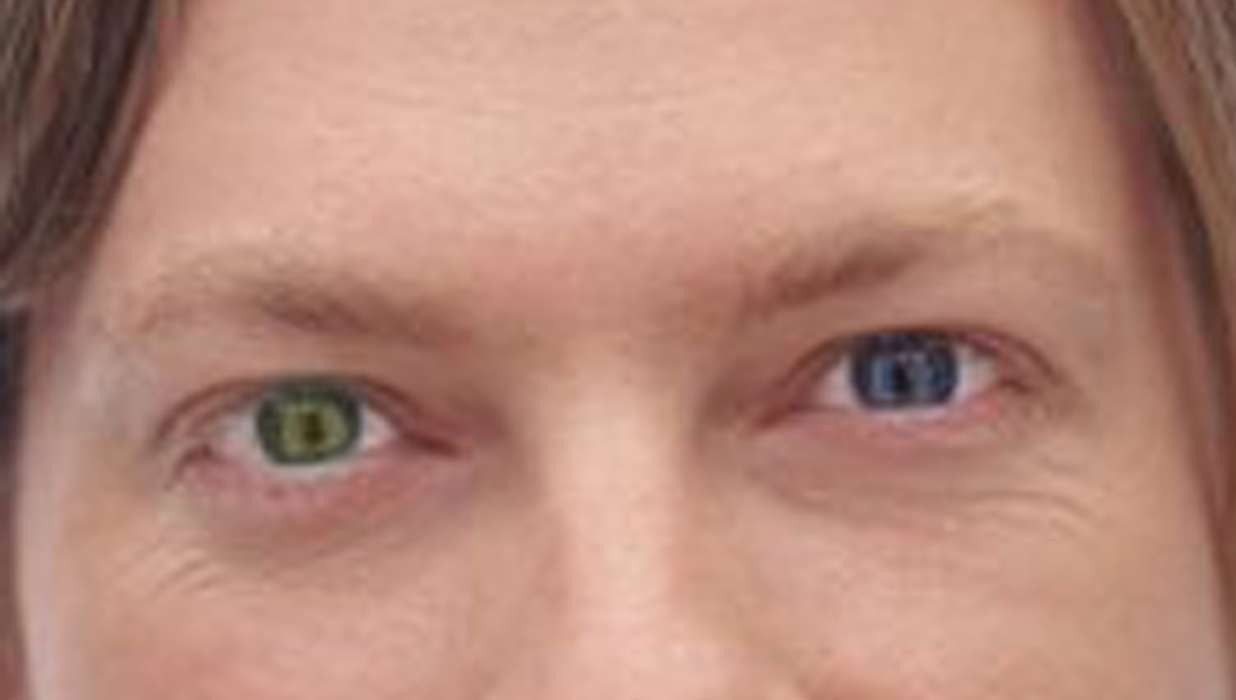
He narrowed down the key genes responsible for instructing tabula rasa cells to become other types of cells, but the animals were still many steps removed from humans. Intent on figuring out a way to shed more light on this crucial window of time, Belmonte first spent years trying to understand how salamanders and amphibians regenerate not just limbs but other more complex organs and structures like spines and brains-which, like gastrulation, is a unique form of development. Because human gastrulation occurs during the third week, the critical steps leading to this milestone have, to date, remained a black box. That’s to forestall ethical concerns about potentially growing a human embryo that will start to develop cells, tissues and organs. and international scientific organizations advise researchers not to keep human embryos dividing in the lab beyond about 14 days. However important this moment, it’s currently challenging to study.
#Chimera human skin
That’s the lightning-rod moment-when brain cells start to distinguish themselves from skin cells and lung cells diverge from hair cells, and so on. It’s when the embryo, which began as a single egg-then divided to become two cells, then four cells, then eight and so on-splits into the three major cell layers that eventually give rise to the more than 200 cell types that make up the human. That moment is called gastrulation, and for humans, it occurs about two weeks after egg and sperm meet in fertilization. The most important moment in your life is an event that occurs when you are still an embryo. More than 30 years later, Belmonte still repeats the mantra his mentor, renowned British developmental biologist Lewis Wolpert, liked to tell his students: Forget birth, marriage, or death. To his surprise, the mouse limb cells developed well in their new environment, suggesting that embryonic cells from different species could, at the least, talk to each other-opening the door to growing tissues or organs of one species in another one. As a newly minted PhD in 1987, Belmonte published one of his first scientific papers, reporting the results of a study in which he took embryonic cells from a mouse limb and grafted them onto the beginnings of a wing of a chicken embryo. Belmonte has been fascinated with the first sparks of life-what scientists call “embryogenesis,” or how embryos develop-his entire career. Like his surroundings, the Spanish-born scientist is reserved and unruffled, and speaks softly-never hinting at the fanfare-deserving scientific and ethical boundaries he pushes every day with his work. Built in 1960, the facility is now as well known for its placid, soaring architecture as for the boundary-pushing science that happens in its labs.īelmonte’s lab occupies a corner of the more than 411,000-square-foot Institute. The bleached concrete and travertine courtyard of the research institute is pristine, evoking calm and simplicity, in accordance with the directive of its founder, Jonas Salk, famous for developing the polio vaccine. On the outside, there doesn’t seem to be much happening in the two massive six-story concrete edifices that stretch from the entrance gate until they reach the cliffside, where they seem to drop off, infinity-pool fashion, into the Pacific Ocean beyond. You’re likely to be struck by an odd juxtaposition when you set foot on the campus of the Salk Institute for Biological Studies in La Jolla, Calif., a seaside neighborhood in San Diego. Instead, Belmonte plans to learn the “language” of early human embryo development using this human-monkey model, and then use that to better understand disease-and potentially generate human tissues for organ transplantation in a less ethically charged species such as the pig, which is more distant from humans evolutionarily and more accessible in terms of conducting experiments. All we know about early embryogenesis comes from different lab models-from rodents, mice and worms-but we really don’t know anything about us.” While we know a lot about development after we are born, and even a little about what happens during pregnancy, we really don’t know anything about human development in the first two or three weeks after fertilization. The earliest steps that human embryos take, he says, are the “biggest mystery of human development. In interviews with TIME on the experiment as it progressed since 2019, he carefully laid out the biological mysteries he hoped to solve, and the gaps in knowledge about early development he wanted to fill. Creating cross-species mutants to capitalize on specific physical features or characteristics, X-Men style, was most definitely not the goal.

Belmonte, a professor in the gene expression laboratory at the Salk Institute for Biological Studies and well-respected for his work in embryo development, is very clear about why he pursued the experiment, and where he hopes it will lead.


 0 kommentar(er)
0 kommentar(er)
